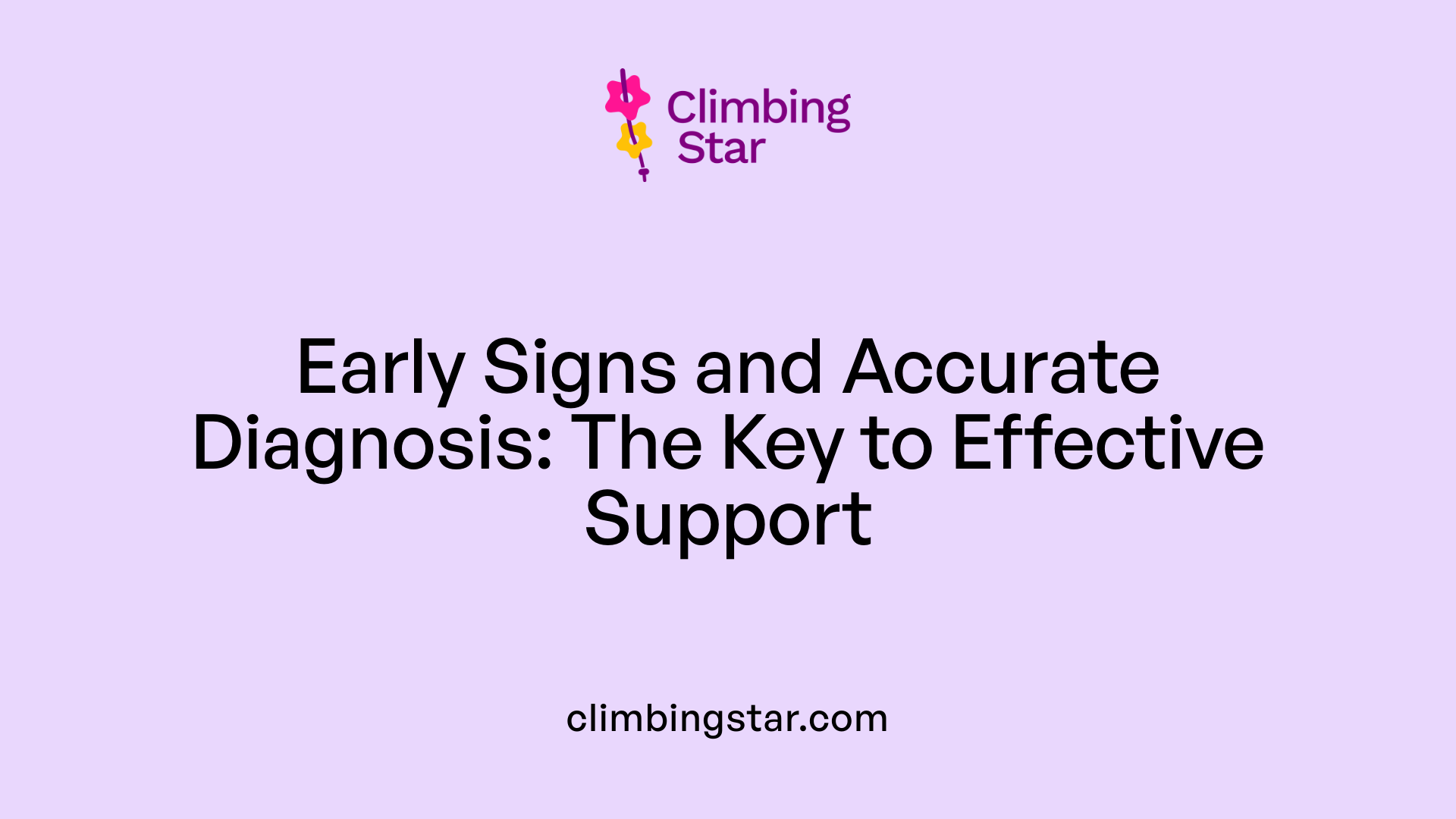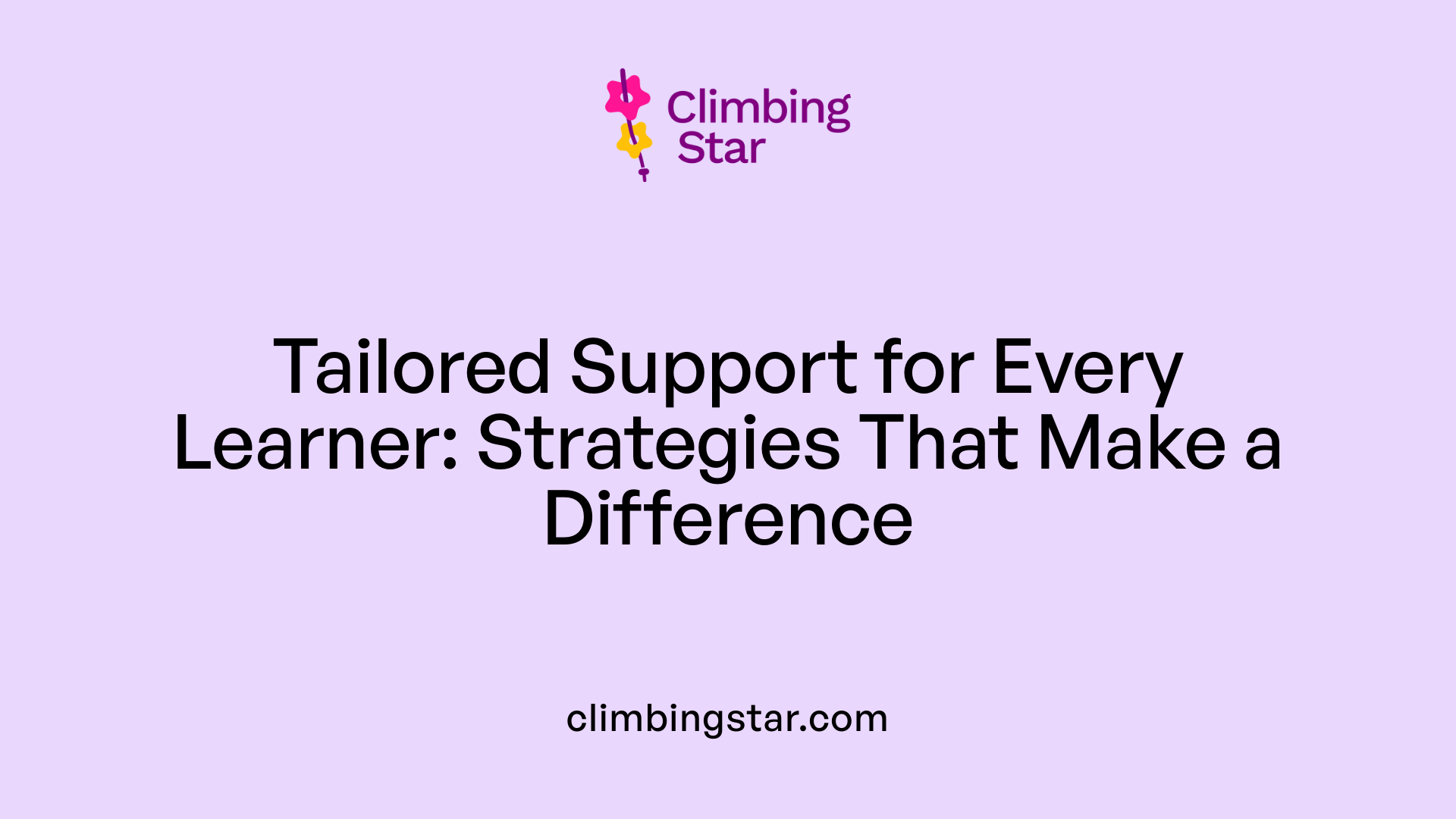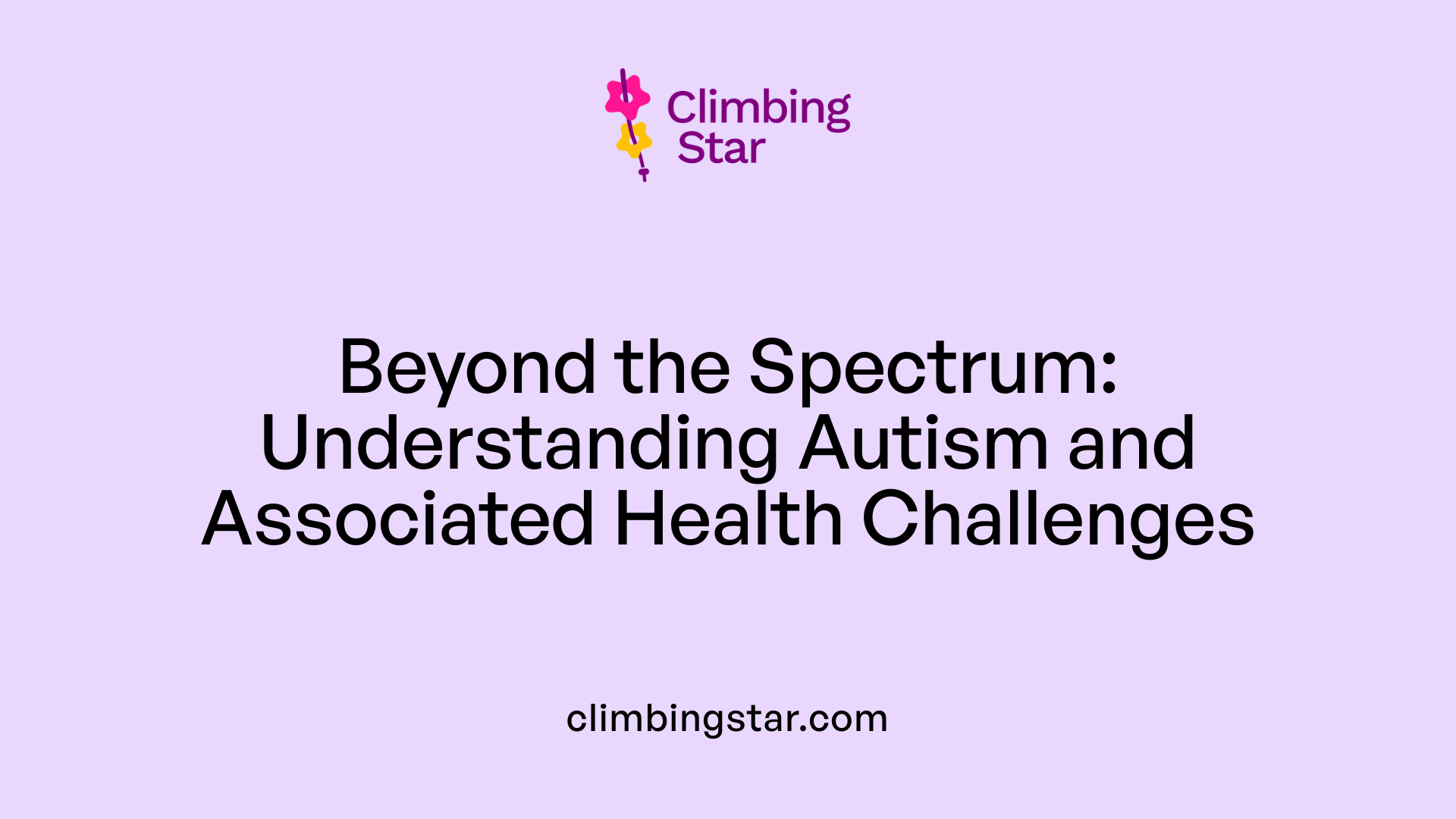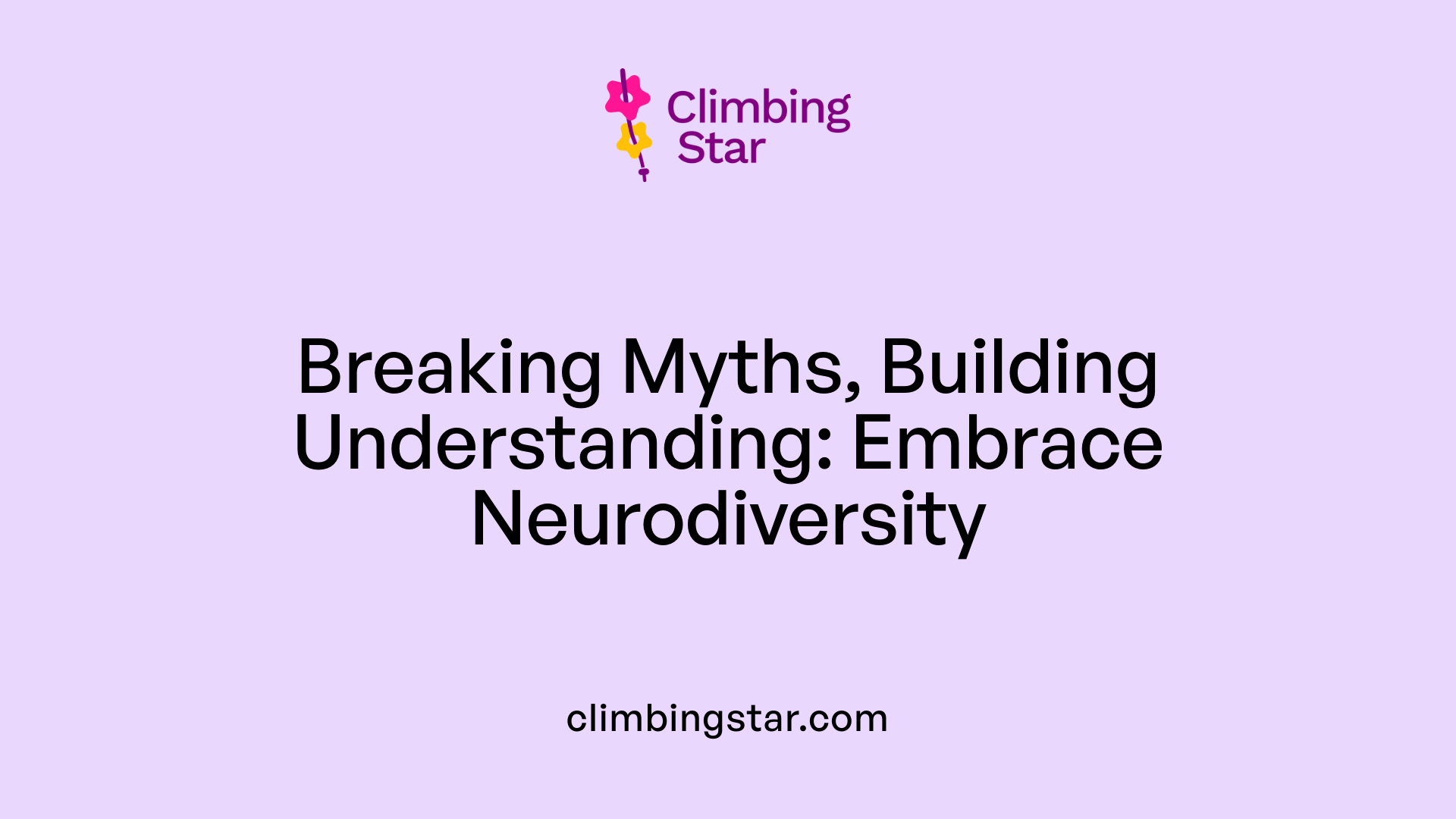A Deep Dive into Neurodevelopmental Conditions
Autism and dyslexia are complex neurodevelopmental conditions that manifest early in life, influencing communication, social interaction, and learning abilities. Recognizing their symptoms, understanding their causes, and exploring appropriate intervention strategies are crucial steps toward fostering an inclusive environment where individuals with these conditions can thrive. This article provides a comprehensive overview of autism and dyslexia, examining their characteristics, neurobiological bases, co-occurrence, diagnosis challenges, and support options.
Symptoms and Characteristics of Autism and Dyslexia

What are the common symptoms and characteristics of autism and dyslexia?
Autism spectrum disorder and dyslexia are both neurodevelopmental conditions that typically begin displaying signs during early childhood. Though they affect different areas, some symptoms can overlap, especially related to language and communication.
Children with autism often show challenges in social interaction and communication. They may have difficulty understanding social cues, engaging in reciprocal social interactions, and may display repetitive behaviors or intense interests. Sensory sensitivities, such as overreacting or underreacting to sounds, lights, or textures, are also common. These children might find it hard to interpret others' feelings and may exhibit unusual responses to sensory input.
Dyslexia primarily involves difficulties with reading, spelling, and decoding words. Children with dyslexia struggle with phonological processing—that is, recognizing sounds within words, understanding how sounds connect to letters, and distinguishing rhyming words. These difficulties can lead to slow or inaccurate reading and spelling problems. Unlike autism, dyslexia generally does not involve social or behavioral challenges, but it significantly impacts academic performance.
Despite their differences, both conditions can show associated language difficulties and impact early learning. Recognizing these signs early can lead to timely support and intervention, improving long-term outcomes for affected children. In some cases, individuals may have both autism and dyslexia, making comprehensive evaluations and personalized strategies essential for effective support.
Neurobiological and Neurological Foundations
Autism and dyslexia are both neurodevelopmental conditions with distinct neurological bases, although there is some overlap in their genetic influences.
Autism spectrum disorder primarily involves widespread differences in brain connectivity. These differences affect social, behavioral, and sensory processing, leading to challenges in social communication and repetitive behaviors. Neuroimaging studies have shown that individuals with autism often exhibit atypical neural connectivity across multiple brain regions, particularly those involved in social cognition, emotional regulation, and sensory integration.
In contrast, dyslexia is associated with specific structural and functional differences in the brain’s language processing areas, most notably in the left hemisphere. Key regions affected include the temporo-parietal junction, Broca’s area, and the visual word form area. These areas are critical for decoding written language, phonological awareness, and word recognition.
Connectivity issues also play a role in dyslexia, especially in pathways like the arcuate fasciculus, which links Broca’s area and Wernicke’s area. Disruptions in these white matter pathways can impair the rapid processing of phonological information, making reading and spelling difficult.
Both conditions are influenced by genetic factors and environmental influences. Dyslexia often results from genetic variations affecting phonological processing and neural development in language networks. Autism also has a strong genetic component, with complex interactions impacting brain development and connectivity.
While autism affects broad neural networks involved in social and sensory functions, dyslexia’s core neurological challenges are more localized to language-related regions. Despite their differences, both disorders involve atypical neural connectivity, either broadly as in autism or in specific pathways in dyslexia.
Understanding these neurological foundations helps tailor early detection and targeted interventions, enhancing development outcomes for individuals affected by either condition.
| Condition | Brain Areas | Neural Connectivity | Main Features | Genetic & Environmental Factors |
|---|---|---|---|---|
| Autism | Widespread, involving social and sensory regions | Abnormal neural connectivity across multiple regions | Social, communication, sensory difficulties | Strong genetic influences, complex gene interactions |
| Dyslexia | Left hemisphere language areas like temporo-parietal junction, Broca’s area, VWFA | Disrupted pathways, e.g., arcuate fasciculus | Reading, spelling, phonological deficits | Genetic factors affecting language network development |
Research into the neurobiology of these conditions continues, with neuroimaging and genetic studies offering insights into their complex brain mechanisms.
Co-Occurrence and Dual Diagnoses
Can autism and dyslexia occur together, and how are they diagnosed together?
Yes, autism and dyslexia can occur in the same individual, a phenomenon that is increasingly acknowledged in neurodevelopmental research. While both are lifelong conditions rooted in brain development, they affect different areas—autism primarily impacts social communication and behavior, whereas dyslexia mainly compromises reading and language processing.
Sharing some overlapping symptoms, such as language difficulties and sensory sensitivities, can sometimes complicate recognizing and diagnosing each condition. For example, a child with autism might also struggle with reading, which could be mistaken solely as a behavioral or social issue unless specific assessments are conducted.
Accurate diagnosis involves a thorough, comprehensive evaluation that includes considering developmental history, conducting cognitive and language assessments, and observing behavior. Testing for decoding, phonological skills, social communication, and sensory responses helps distinguish between the conditions or identify their coexistence.
Recognizing the potential for both conditions to exist simultaneously is crucial. It enables tailored interventions that address the unique combination of challenges faced by individuals. Early detection and a multidimensional assessment allow specialists to develop personalized support plans, improving developmental outcomes and quality of life.
Overall, understanding that autism and dyslexia can co-occur helps ensure that affected individuals receive comprehensive care, with interventions designed to target the specific difficulties associated with each condition.
Assessment, Diagnosis, and Challenges in Recognizing Conditions

What are the early signs of autism and dyslexia in children?
Children diagnosed with autism often show signs such as delays in language development, difficulties in learning sounds, letters, and sight words, and challenges in social interaction. They might struggle with understanding social cues, engaging in reciprocal communication, or exhibiting repetitive behaviors.
In contrast, early signs of dyslexia typically include late language development, problems recognizing and decoding words, difficulty spelling, and reluctance or frustration with reading aloud. Children with dyslexia may also show trouble learning letter sounds and might have issues related to phonological awareness — the ability to recognize rhyming words and understand how small sound units function within speech.
Detecting these signs early can be vital for successful intervention, potentially preventing long-term academic and social difficulties.
Interventions and Support Strategies

What intervention strategies and support options are available for individuals with autism and dyslexia?
Supporting individuals with autism and dyslexia requires tailored approaches that address their unique challenges. Multiple intervention strategies have been developed, all backed by research to improve development and quality of life.
One of the most prominent methods includes behavioral therapies such as Applied Behavior Analysis (ABA), Discrete Trial Training (DTT), and Pivotal Response Training (PRT). These techniques aim to modify behaviors, enhance social skills, and foster communication. They are especially effective in addressing behavioral issues and improving social interaction.
Alongside behavioral interventions, developmental therapies like speech-language therapy, social skills training, and sensory integration therapy play a crucial role. Speech therapy helps improve communication abilities, which is vital for children with both autism and dyslexia, especially when language delays or phonological deficits are present. Social skills training encourages appropriate social interactions, while sensory integration assists individuals in managing sensory sensitivities common in autism.
Educational tools and structured teaching methods further support learning and daily functioning. Visual supports, assistive technologies, and structured approaches such as TEACCH (Treatment and Education of Autistic and Communication related handicapped Children) provide consistency and clarity, helping learners better understand and navigate their environments.
Psychological interventions like Cognitive-Behavioral Therapy (CBT) help manage anxiety, depression, or other mental health issues that may co-occur with autism or dyslexia. These therapies aim to develop coping strategies and improve emotional regulation.
In addition to direct therapies, parent-mediated strategies are vital. Training caregivers to implement behavioral and communication techniques at home can enhance outcomes. Strategies to improve organization, executive functioning, and motor skills are also beneficial, particularly for children with co-occurring conditions like dyspraxia.
The integration of these approaches creates a comprehensive support system, promoting improvement in communication, social interaction, academic achievement, and daily life skills. Regular assessments and personalized plans are crucial to adapt strategies as individuals grow and their needs evolve.
Here's a summary table to visualize different intervention strategies:
| Strategy Type | Focus Area | Typical Techniques | Supporting Evidence |
|---|---|---|---|
| Behavioral Therapy | Behavior, social skills | ABA, DTT, PRT | Strong evidence for behavioral improvements |
| Developmental Therapy | Communication, social skills | Speech-language therapy, social stories | Enhances language and social interaction |
| Educational Tools | Learning support | Visual supports, assistive tech, TEACCH | Improves educational engagement |
| Psychological Support | Emotional health | CBT | Manages mental health challenges |
| Parent and Sensory Strategies | Daily life skills | Parent training, sensory integration | Supports overall development |
Overall, an integrated, individualized approach can significantly improve outcomes for those with autism and dyslexia, enabling better participation in daily life and learning.
Broader Context: Autism, Comorbid Conditions, and Health Issues

What is the relationship between autism and related neurodevelopmental conditions, including associated health issues?
Autism spectrum disorder (ASD) is a multifaceted neurodevelopmental condition that impacts how the brain develops, leading to challenges with social communication, repetitive behaviors, and restricted interests. Its presentation varies widely among individuals, making it a spectrum of conditions with diverse strengths and difficulties.
Many individuals with autism also experience other neurodevelopmental issues. It is common to find co-occurring conditions such as attention-deficit/hyperactivity disorder (ADHD), anxiety disorders, and sensory processing difficulties. For example, sensory sensitivities, which involve over- or under-reactivity to sensory stimuli, often coexist with autism, complicating daily functioning.
In addition to behavioral and developmental challenges, health-related problems are frequently observed. Sleep disturbances, gastrointestinal issues like chronic constipation or diarrhea, and heightened sensory sensitivities to light, sound, or textures are prevalent among autistic individuals.
Genetic and developmental factors are central to understanding autism. It has a strong hereditary component, with many gene variations linked to increased risk. Recent scientific research reveals different genetic subtypes that can influence when and how autism manifests, indicating that the disorder has diverse underlying causes.
Some syndromes share overlapping features with autism. These include Fragile X syndrome, Rett syndrome, and Prader-Willi syndrome. These genetic conditions often involve additional developmental delays or physical features, illustrating the complex genetic landscape underlying autism.
Overall, autism's relationship with related conditions and health issues demonstrates the interplay of genetic, developmental, and environmental factors. This complex network influences the wide-ranging clinical presentations seen in individuals with autism, requiring personalized approaches to diagnosis and support.
| Aspect | Description | Additional Notes |
|---|---|---|
| Spectrum Variability | Wide range of behaviors and strengths | Affects diagnosis and intervention strategies |
| Co-occurring Conditions | ADHD, anxiety, sensory issues | Impact daily functioning and support needs |
| Health Concerns | Sleep, GI issues, sensitivities | Can exacerbate behavioral challenges |
| Genetic Factors | Multiple gene variations | Influence disorder onset and severity |
| Associated Syndromes | Fragile X, Rett, Prader-Willi | Genetic conditions with autism features |
Understanding the complex relationships and health issues related to autism enables more effective, individualized care and highlights the importance of comprehensive assessment for optimal support.
Addressing Misconceptions and Promoting Acceptance

How can misconceptions about autism and dyslexia be addressed to improve understanding among parents and professionals?
Many myths surround autism and dyslexia, leading to misunderstandings about these conditions. To combat this, comprehensive education and awareness efforts are essential. These initiatives provide accurate, science-based information that clarifies the nature of each disorder.
For example, dyslexia is often mistakenly thought to be related to low intelligence or mere letter reversals. In reality, it is a neurobiological learning disability involving difficulties with phonological awareness, decoding, and word recognition, affecting about 7% of the population worldwide. It does not reflect a child's intelligence, as many individuals with dyslexia have average or above-average IQs.
Similarly, misconceptions about autism can include ideas that all autistic individuals are socially withdrawn or limited in senses. Actual autism spectrum disorder (ASD) is highly variable, with differences in social communication, sensory processing, and behaviors. Early diagnosis and intervention, such as speech therapy and behavioral programs, can significantly enhance developmental trajectories.
Raising awareness through community programs, media campaigns, and professional training helps dispel these myths. Emphasizing that both autism and dyslexia are neurological differences—lifelong conditions—reduces stigmatization and promotes acceptance.
Educational support tailored to individual needs and early screening improve opportunities for success. Celebrating neurodiversity and individual strengths, along with sharing stories of successful individuals, can foster empathy and inclusivity.
In sum, accurate information, early intervention, and societal acceptance are crucial in addressing misconceptions, helping parents, educators, and professionals support individuals with autism and dyslexia effectively.
Strategies for Promoting Acceptance and Inclusion
| Approach | Description | Impact |
|---|---|---|
| Education Campaigns | Sharing facts via media, schools, and community programs | Reduced stigma, increased understanding |
| Professional Training | Educating teachers, healthcare providers, and caregivers | Better support and early detection |
| Celebrating Neurodiversity | Showcasing strengths and achievements | Fosters acceptance and respect |
| Inclusive Policies | Implementing laws and practices that support neurodiverse individuals | Promotes equal opportunities |
Fostering these efforts helps create a society that values diverse ways of thinking and learning, enabling individuals with autism and dyslexia to thrive and participate fully.
Toward Greater Awareness and Inclusion
Understanding autism and dyslexia requires recognizing their unique and overlapping features, neurobiological foundations, and the importance of early diagnosis. While both conditions involve lifelong challenges, tailored interventions, societal awareness, and supportive environments can significantly improve quality of life. Dispelling myths and embracing neurodiversity encourage a more inclusive society where individuals’ strengths are celebrated, and diverse ways of thinking and learning are valued.
References
- Autism and dyslexia
- Autism and Dyslexia: A Glance Over 25 Years of Research
- Dyslexia and Autism: Is there a Connection?
- Dyspraxia, dyslexia, Austim and ADHD
- Other conditions that affect autistic people
- Dyslexia: What It Is, Causes, Symptoms, Treatment & Types
- Autism and Dyslexia: Key Differences and Overlaps
- Dyslexia: What It Is, Causes, Symptoms, Treatment & Types







